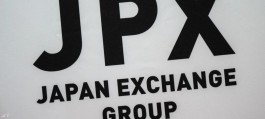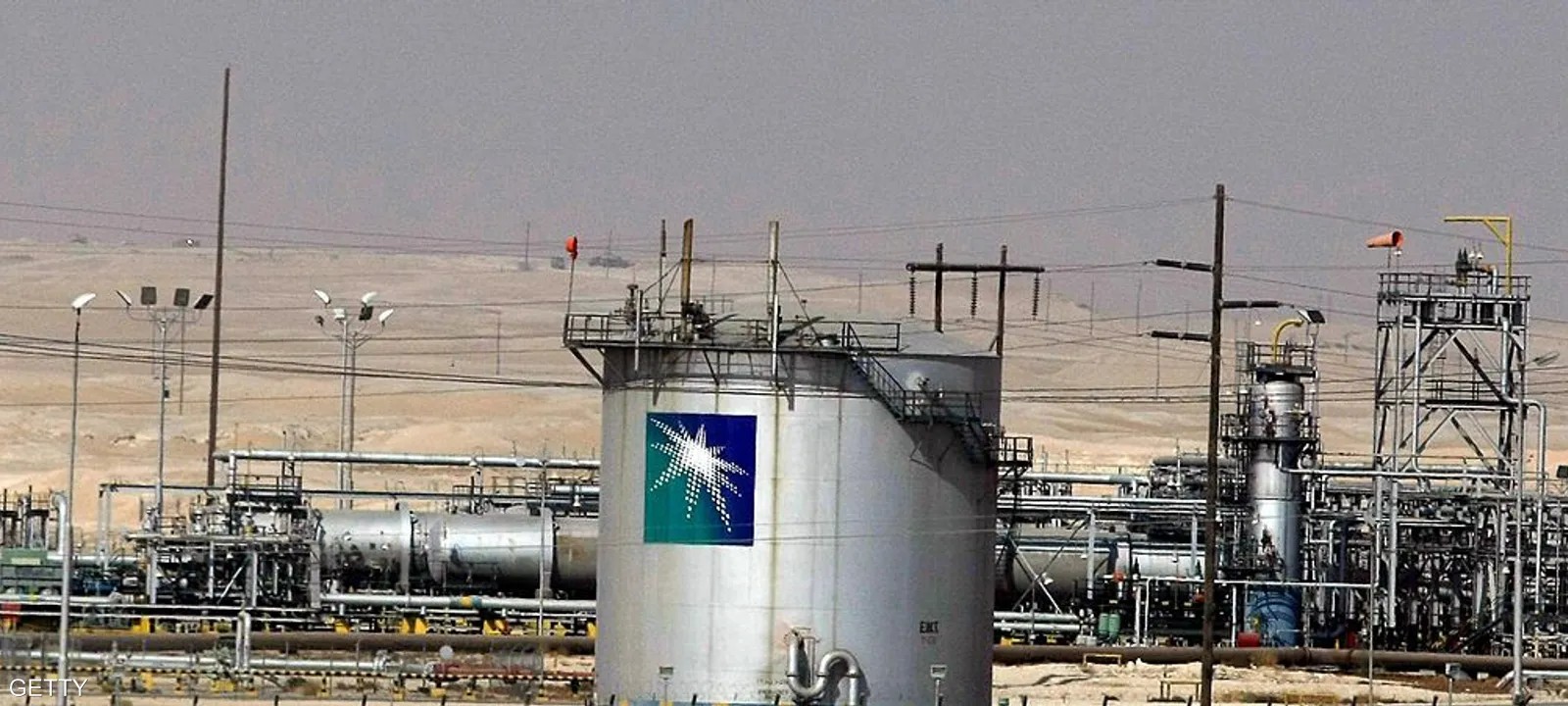Saudi Aramco’s profits fell by 24.71% in 2023 to 454.76 billion riyals, slightly below expectations. The company’s revenues fell by 17.6% to nearly 1.6 trillion riyals.
Analysts' average expectations indicated a decline in the company's revenues by 18.6% in 2023 to 1.84 trillion riyals. They also expected a decline in net profits by 24.5% to 455.8 billion riyals. Earnings per share would reach 1.9 riyals.
Saudi Arabia is currently pumping about 9 million barrels per day into the market under the OPEC+ deal. S&P Global Commodity Insights expects alliance members to extend oil production cuts through the end of 2024, as part of efforts to stabilize the crude market and support prices in the face of rising production from outside the alliance.
Brent crude closed at $82.68 a barrel at the end of last week’s trading. Oil prices have been hovering around $80 a barrel, moving in a narrow range since the start of the year, as the extension of OPEC+ cuts and rising tensions in the Middle East and the Red Sea were offset by rising supply from producers outside the organization, including the United States, as well as ongoing concerns about growth in China.
In a disclosure today, Aramco announced basic distributions to shareholders for the fourth quarter of approximately 76.1 billion riyals, representing an increase of 4% compared to the third quarter of 2023.
The company also announced the third performance-related dividend distribution to shareholders based on annual results, amounting to SAR 40.4 billion. This brings the total quarterly distributions to SAR 116.5 billion, raising the distributions for the entire year 2023 to SAR 410 billion.
gas vs oil
Earlier this year, Aramco abandoned plans to boost its production capacity by 8% to 13 million barrels per day by 2027, potentially freeing up more money that would have been invested in increasing production for the Saudi government as it works to diversify its economy away from oil under its Vision 2030 plan.
Citi's Alistair Sim expects Aramco's earnings to fall by an average of 6% between 2024 and 2027 due to the suspension of production expansion plans.
Salih Yilmaz of Bloomberg Intelligence believes that the company’s decision to halt its capacity expansion plans will reduce spending and allow for higher dividends. However, he expects Aramco’s earnings to remain under pressure due to OPEC+ production cuts, lower oil prices, lower refining margins and a limited contribution from SABIC due to lower petrochemical prices in global markets.
In contrast, Aramco, as announced by Saudi Energy Minister Prince Mohammed bin Salman in February, has added 15 trillion standard cubic feet to proven gas reserves and 2 billion barrels of condensate in the unconventional Jafurah field. Wael Mahdi, an energy markets analyst at Asharq Al-Awsat with Bloomberg, believes that the announcement of the increase in gas reserves in Jafurah has strategic implications, especially since it came after Saudi Arabia announced the postponement of plans to increase Aramco’s oil production capacity. It represents further evidence of Saudi Arabia’s move towards gas to support the domestic energy transition, and it is an additional motivation behind Saudi Arabia’s move to export liquefied natural gas to the world for the first time.
Transferring a new stake to the sovereign fund
Aramco witnessed a significant development last Thursday, represented by the announcement by Saudi Crown Prince Mohammed bin Salman of the completion of the transfer of 8% of the company’s total shares to portfolios of companies wholly owned by the Public Investment Fund.
Aramco disclosed on the Tadawul website that day that after the transfer, the state remains the largest shareholder in the company, owning 82.186% of its shares, explaining that the transfer is a private process, and the company is not a party to it and has not entered into any agreements regarding it, and the company is not liable for any payments or returns resulting from the transfer.




































